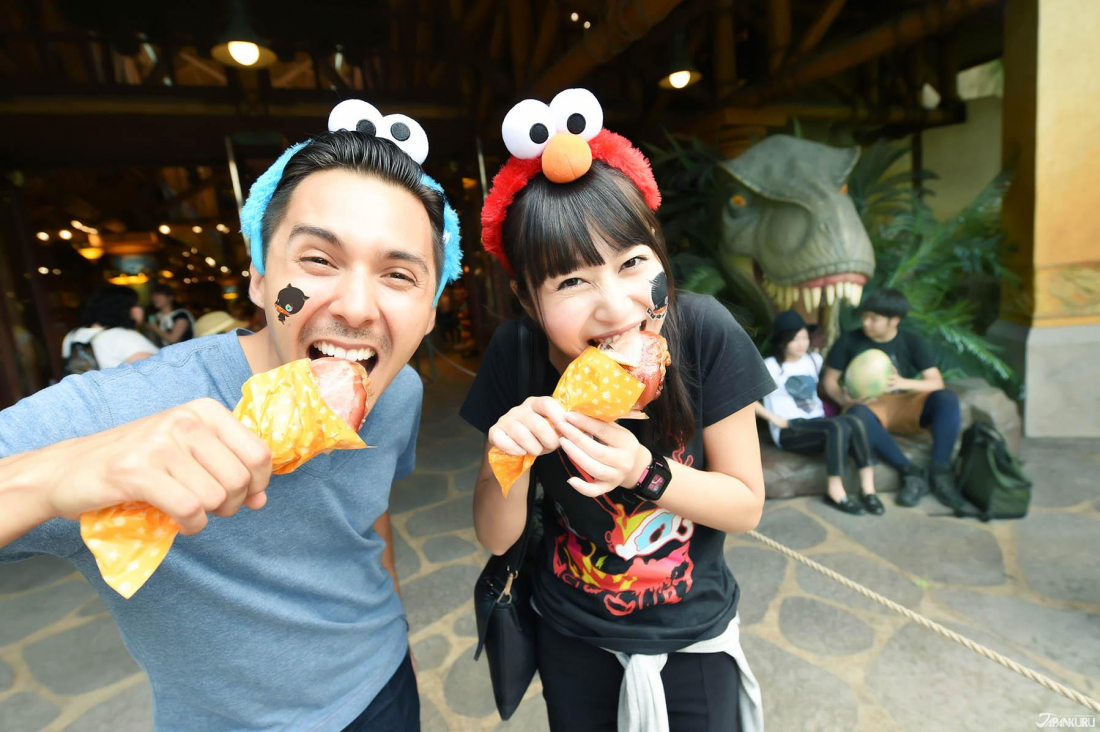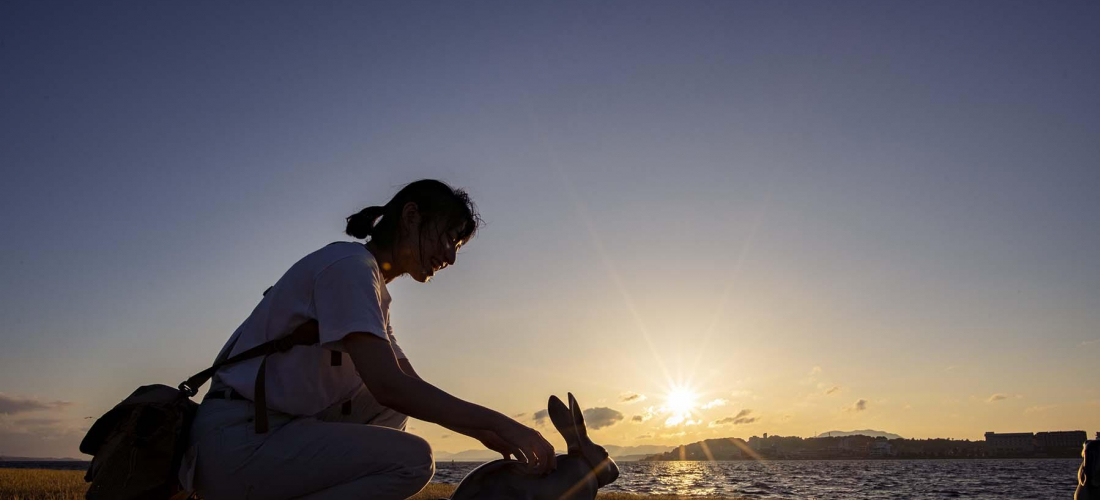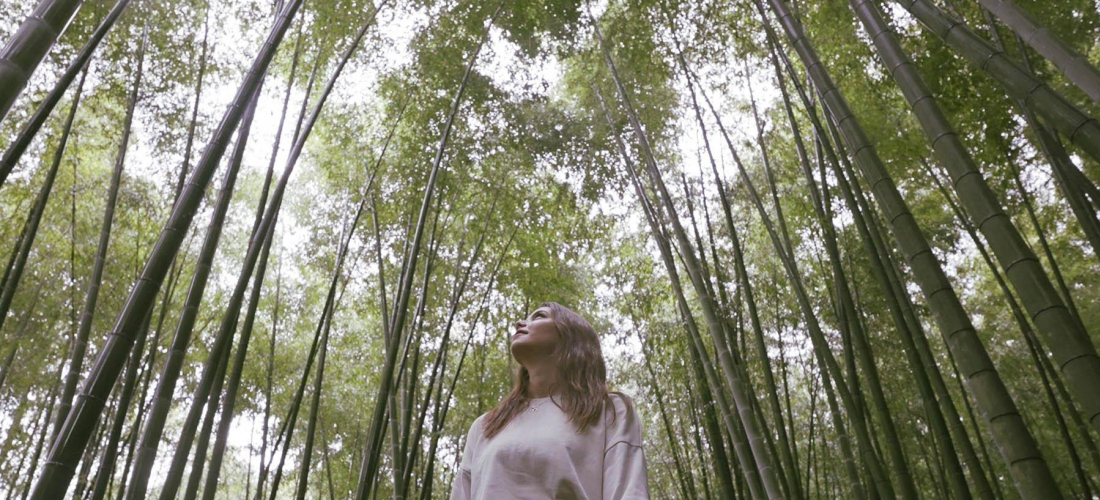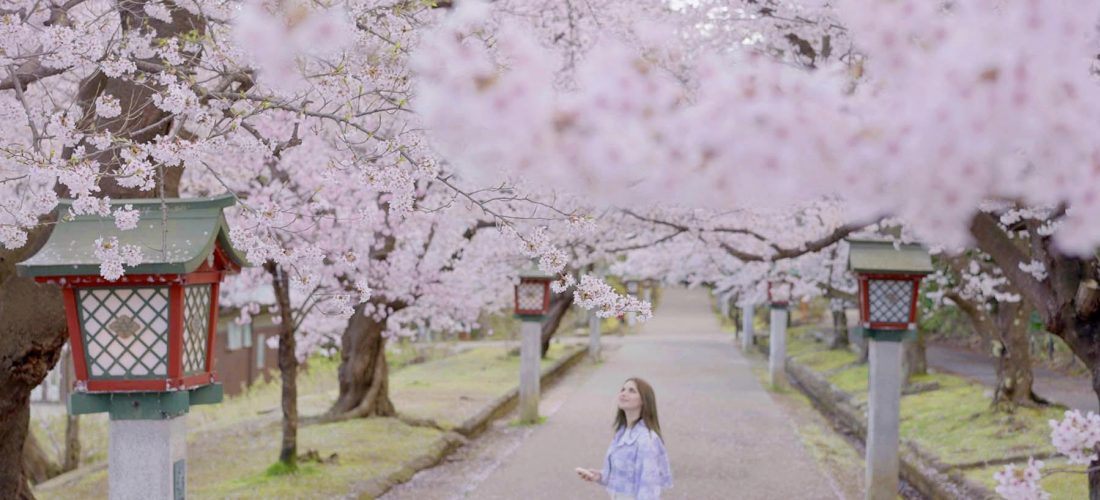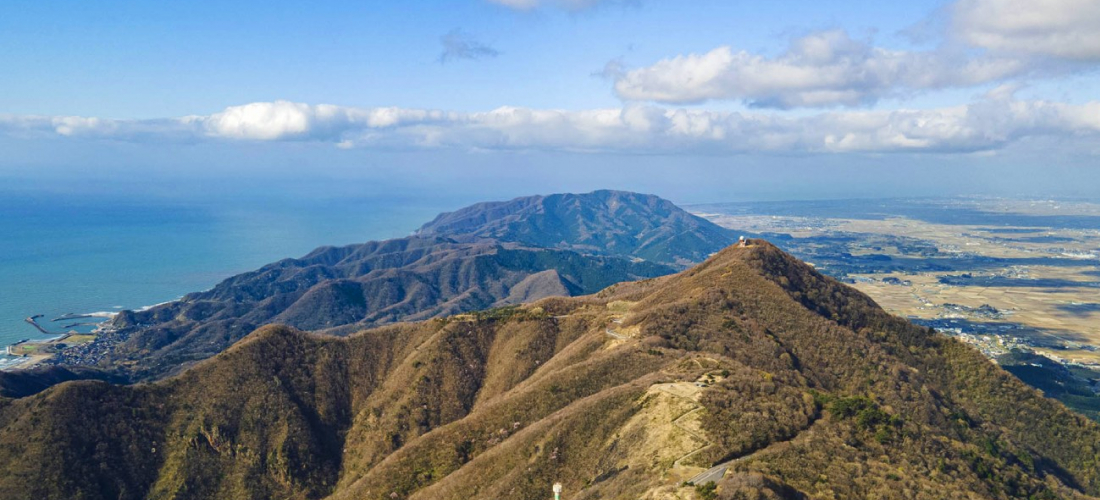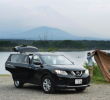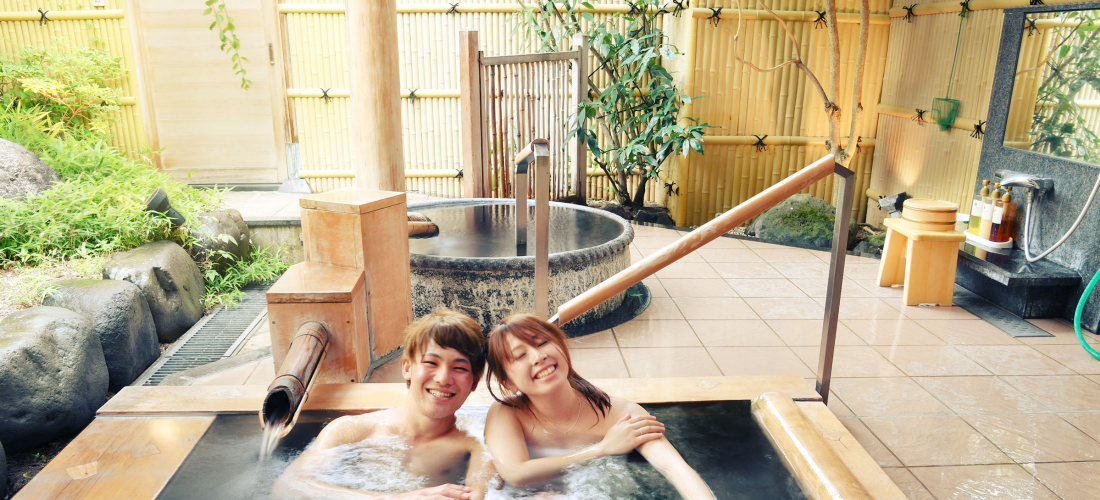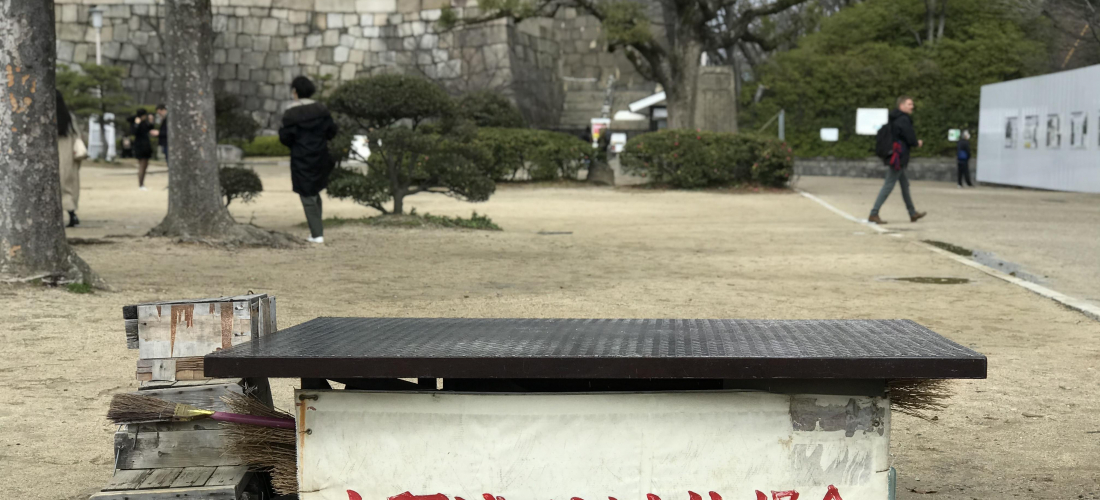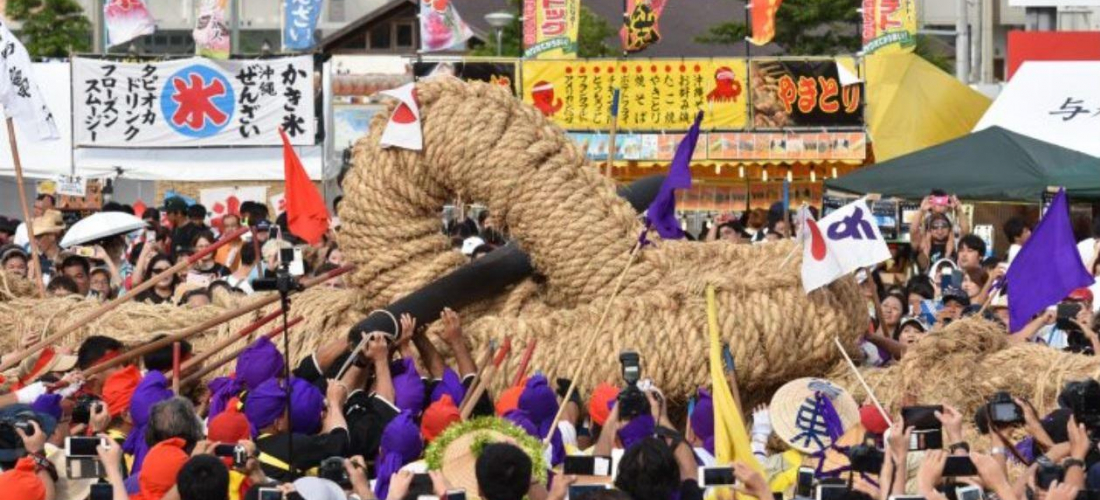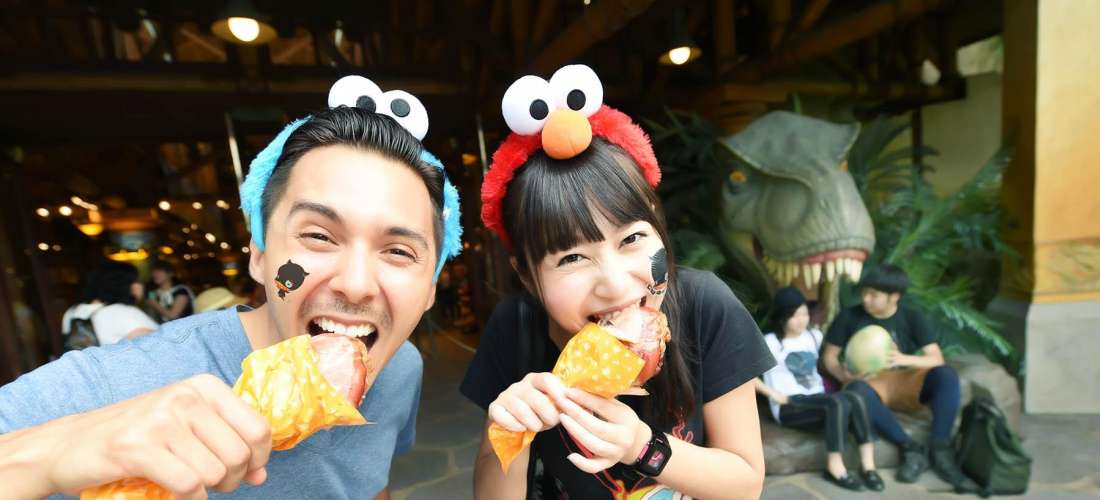
CONTENTS
Dans une tentative de se remettre des effets économiques du COVID-19, la campagne Go To Travel offre une réduction aux touristes nationaux.
Qu’est ce que Go To Travel, et comment profiter de leurs offres?
Que signifie Go To Travel? Ce n'est un secret pour personne que l'épidémie de COVID-19 au Japon et les nouvelles habitudes de distanciation sociale ont changé notre façon de vivre au Japon et ont eu un impact sérieux sur l'économie. Mais avec les voyageurs internationaux temporairement empêchés d'entrer au Japon et l'industrie du tourisme bloquée, les chiffres relativement faibles d'infection trouvés au Japon ont incité le gouvernement à commencer à regarder vers l'avenir, et relancer le tourisme intérieur. Cette nouvelle campagne de stimulation des voyages intérieurs s'appelle Go To Travel, et le plan est de subventionner partiellement les voyages intérieurs japonais et de relancer la reprise de l'industrie du tourisme. La campagne, qui a débuté le 22 juillet, est nationale ー mais elle est disponible pour les citoyens japonais et les résidents étrangers! (Sauf pour ceux de Tokyo, mais nous y reviendrons plus tard.)
En termes simples, les projets de voyages intérieurs effectués par des agents de voyages désignés seront subventionnés jusqu'à 50% du coût total, ou jusqu'à 20 000 yens pour chaque nuit passée à l'extérieur. (Pour les excursions d'une journée, le maximum est de 10 000 yens.) Pour le premier mois environ, cependant, la limite n'est que de 35% du coût. En effet, seule une partie des subventions prendra la forme de réductions mais en septembre, la campagne Go To Travel commencera à distribuer des coupons de voyage régionaux (地域 共通 ク ー ポ ン) de 50% de réduction. Ces bons de voyage peuvent être utilisés comme des chèques-cadeaux dans les magasins participants de la zone de voyage. Ainsi, sur le total de 50% du rabais Go To Travel que chaque voyageur reçoit, 70% de l'argent sera retourné sous forme de réduction standard et 30% seront distribués sous forme de coupons de voyage.
Pas encore clair? Voilà comment les subventions Go To Travel fonctionnent concrètement
Vous ne savez pas exactement quelle réduction vous obtiendrez avec les réductions Go To Travel? Avec les différentes formes de rabais qui circulent, cela peut certainement devenir déroutant. De plus, ces coupons de voyage ne sont disponibles qu'en coupures de 1000 yens! L'explication simple est que la campagne offre une remise sur les voyages allant jusqu'à 1/2 du coût total du voyage, 70% de cet argent étant retourné sous forme de réduction directe et 30% sous forme de bons de voyage, mais passons en revue quelques exemples. pour que ce soit clair!
🚗Un voyage d'une nuit
Si vous réservez un voyage d'une nuit pour 40 000 yens par l'intermédiaire de l'une des agences de voyage désignées, le gouvernement versera 20 000 yens. Sur ces 20 000 yens, 70% seront directement soustraits du coût lors du paiement du voyage: 70% de 20 000 = une réduction de 14 000 yens. Pour les voyages en août, c'est là que ça se termine, avec une réduction de 35%. Mais, pour les voyages à partir de septembre, vous recevrez les 30% restants (6000 yens) sous forme de bons de voyage, qui peuvent être utilisés dans une variété de magasins à votre destination.
Si, cependant, le coût total de votre voyage d'une nuitée est de 50000 yens, vous ne recevrez toujours que le maximum de 20000 yens par nuit, même si la moitié du coût total serait de 25000 yens! Puisque vous ne passez qu'une nuit, la remise maximale est de 20 000 yens. Tout comme le voyage de 40 000 yens, 14 000 yens seront réduits et 6 000 seront distribués sous forme de coupons.
🚗Un voyage de 2 nuits de 3 jours
Si vous réservez un voyage plus long de deux nuits et trois jours et que le coût total est de 50000 yens, vous recevrez la totalité des 25000 yens. C'est parce que la moitié du coût total représente moins de 20 000 yens par nuit passée à l'extérieur ― le maximum serait de 40 000 yens pour deux nuits (si votre voyage coûte 80 000 yens au total)! Ainsi, pour votre voyage de 50000 yens de deux nuits, vous bénéficierez d'une réduction de 17500 yens (70% de 25000 yens) puis 8000 yens en coupons de voyage (30% de 25000 équivaut à 7500 yens, mais les coupons sont arrondis au plus proche 1 000).
🚗Une excursion d'une journée
Si vous réservez une excursion d'une journée comme un voyage en bus pour 8 000 yens, le gouvernement versera 4 000 yens. La réduction de 70% signifie un total de 2 800 yens de réduction sur le prix initial, et le coupon de voyage de 30% signifie 1 000 yens (arrondi de 1 200) à dépenser à votre destination ― parfait pour des souvenirs, peut-être?
Bien sûr, comme nous l'avons déjà mentionné, la campagne a commencé le 22 juillet … mais les coupons de voyage ne seront disponibles qu'en septembre! Donc, aussi malheureux que cela soit, les voyageurs qui partent à la fin du mois de juillet et jusqu'en août ne bénéficieront que d'une réduction de 35%, et pas de coupons. (Mais bon, c'est pas mal!)
Si vous souhaitez réserver un voyage Go To Travel, vous pouvez le faire auprès des agences de voyage suivantes:
JTB・HIS・Nippon Travel Agency・Yahoo!・Ikyu・ANA・J-TRIP・AirTrip・KNT・JAL・Rakuten Travel
Qui peut en bénéficier
Les informations officielles de Go To Travel indiquent que la campagne est disponible pour tous les résidents du Japon, aussi bien les citoyens japonais que les résidents étrangers avec des visas valides. Il n'y a pas non plus de limite sur le nombre d'utilisations! Si vous souhaitez faire une dizaine de petits voyages, vous bénéficierez de la réduction à chaque fois.
Cependant, juste avant le début prévu de la campagne, une soudaine flambée d'infections s'est produite à Tokyo, les chiffres ayant triplé pendant des jours. En raison de l'incapacité de Tokyo à réduire le nombre d'infections au COVID-19, tous les résidents de Tokyo ou ceux qui se rendent à Tokyo sont actuellement exclus de la campagne. Malheureusement, ceux qui voyagent à destination ou en provenance de Tokyo ne recevront pas la réduction ni les bons de voyage pour le moment.
Les débats divers autour de cette campagne promotionnelle
Il s'avère que Tokyo n'est pas le seul endroit où le nombre de coronavirus a recommencé à augmenter au Japon. Non seulement le taux de nouvelles infections a grimpé en flèche dans la grande ville, mais les cas ont augmenté tout au long des itinéraires de voyage japonais populaires et autour des stations de shinkansen. Avec l'augmentation des effectifs, certains résidents japonais ont remis en question la logique du lancement de cette campagne de promotion du tourisme, alors que la pandémie est encore loin d'être terminée. Selon un rapport de Yahoo! Japan News, le maire de la ville de Mutsu à Aomori (む つ 市) a prévu de fermer toutes les destinations touristiques et installations locales pendant le long week-end japonais du 22 au 26 juillet, critiquant la campagne Go To Travel lors de l'annonce officielle. Le hashtag # 観 光 施 設 閉鎖 (installations touristiques fermées) a même été vu à la mode sur Twitter.
Mais en plus de Go To Travel, le gouvernement prévoit de lancer un certain nombre de campagnes de suivi pour stimuler la croissance économique, notamment «Go To Eat» et «Go To Event». La situation du COVID-19 au Japon étant toujours instable, nous ne pouvons qu'attendre de voir comment ceux-ci se déroulent et à quoi ressemblera la réception. Qui sait, nous aurons peut-être de la chance et un vaccin sera prêt à temps pour rendre les campagnes Go To à la fois sûres et pratiques.
Pour plus de nouvelles et d'informations sur le Japon, suivez Japankuru sur twitter, instagram, and facebook!
Details
NAME:Go To Travel
PROFILE
The latest news from Japan - learn what's new in the land of the rising sun, from an international group right on the scene.
COMMENT
FEATURED MEDIA
VIEW MORE
Which snacks make the best Japanese souvenirs?~ Jaga Pirika ~ 일본과자 선물 뭐하지?~자가피리카 편~ #pr #calbee #jagapokkuru #japanesesnacks #japanesefood #japanesesouvenir #japantravel #japantrip #naritaairport #hokkaido #나리타국제공항 #일본여행선물 #흔하지않은기념품 #일본쇼핑리스트 #일본과자추천 #고구마과자 #일본간식추천 #일본면세점쇼핑 #개별포장 #일본감자칩 #도쿄나리타공항면세점 #현지인추천 #일본여행 #일본기념품리스트 #자가포쿠루 #자가피리카

Asakusa's Sanja Matsuri, one of the biggest festivals in all of Tokyo, is almost here! Make sure you check out the festival route so you don't miss all the festivities this May. #asakusa #sanjafestival #sanjamatsuri #asakusashrine #sensoji #sensojitemple #japanesefestival #shintoshrine #japaneseculture #tokyo #tokyotrip #tokyotravel #asakusasightseeing #matsuri #japantrip #japantravel #springinjapan #tokyotravel #japankuru #산자마츠리 #아사쿠사 #일본마츠리 #일본여행 #일본5월

Odaiba's DiverCity Tokyo Plaza is home to the famous real-size 20m-tall Unicorn Gundam, and the popular shopping center has even more Gundam on the inside! Check out the Gundam Base Tokyo on the 7th floor for shelves upon shelves of Gunpla, and the Gundam Base Tokyo Annex on the 2nd floor for cool anime merchandise. Both shops have tons of limited-edition items! #pr #odaiba #tokyo #tokyotrip #japantrip #japantravel #PR #divercity #divercitytokyoplaza #tokyoshopping #gundam #unicorngundam #gundambasetokyo #anime #otaku #gunpla #japankuru #오다이바 #다이바시티도쿄 #오다이바건담 #건담 #일본건담 #건프라 #건담베이스도쿄

Evangelion, in miniature!? Tokyo's SMALL WORLDS Miniature Museum is actually a must-see for anime lovers, thanks to the tiny Evangelion Hangar and Tokyo-III... plus a whole universe of other scenes both real and fictional. #smallworlds #smallworldstokyo #tokyotrip #tokyotravel #evangelion #eva #anime #miniature #miniatures #animefigure #japantrip #japantravel #에반게리온 #스몰월드 #에반겔리온 #スモールワールズ #오다이바 #아리아케

Have you sat down for a snack at Sumida Aquarium yet? This aquarium next to Tokyo Skytree is known for its penguins and garden eels, but we can't get enough of their cute snacks! There are lots of good seats around the aquarium, too, so it almost feels like one big cafe. 🐧 • Find out more at Japankuru.com! (Link in bio.) • #japankuru #sumidaaquarium #skytree #tokyoskytree #solamachi #sumida #tokyo #tokyotrip #tokyotravel #aquarium #japanesesweets #themecafe #すみだ水族館 #Japan #日本 #일본 #Japon #ญี่ปุ่น #Japão #япония #japantravel #日本旅行 #日本旅遊 #japan_of_insta #japantrip #traveljapan #japan🇯🇵 #igerstokyo #explorejapan

For anime fans, the Evangelion areas at Small Worlds Miniature Museum are a must see! The tiny miniature people in the Evangelion Hangar look like ants beneath the moving Unit-01, Unit-00, and Unit-02! And over in Tokyo-III, characters like Shinji, Rei, and Katsuragi live life on a miniature scale. #odaiba #tokyo #tokyotrip #japantrip #japantravel #ariake #smallworlds #miniaturemuseum #smallworldstokyo #tokyotravel #evangelion #eva #anime #miniature #miniatures #animefigure #japankuru #스몰월드 #에반게리온 #오다이바 #오다이바관광 #오다이바스몰월드 #미니어쳐

